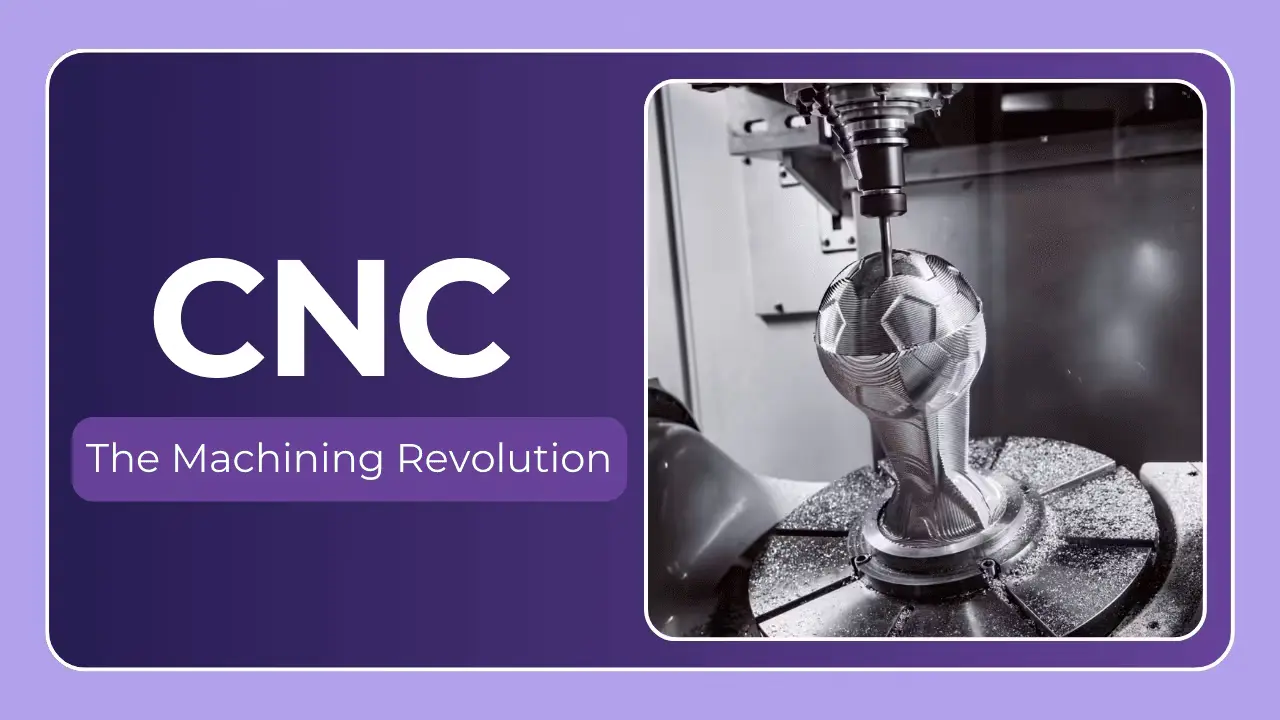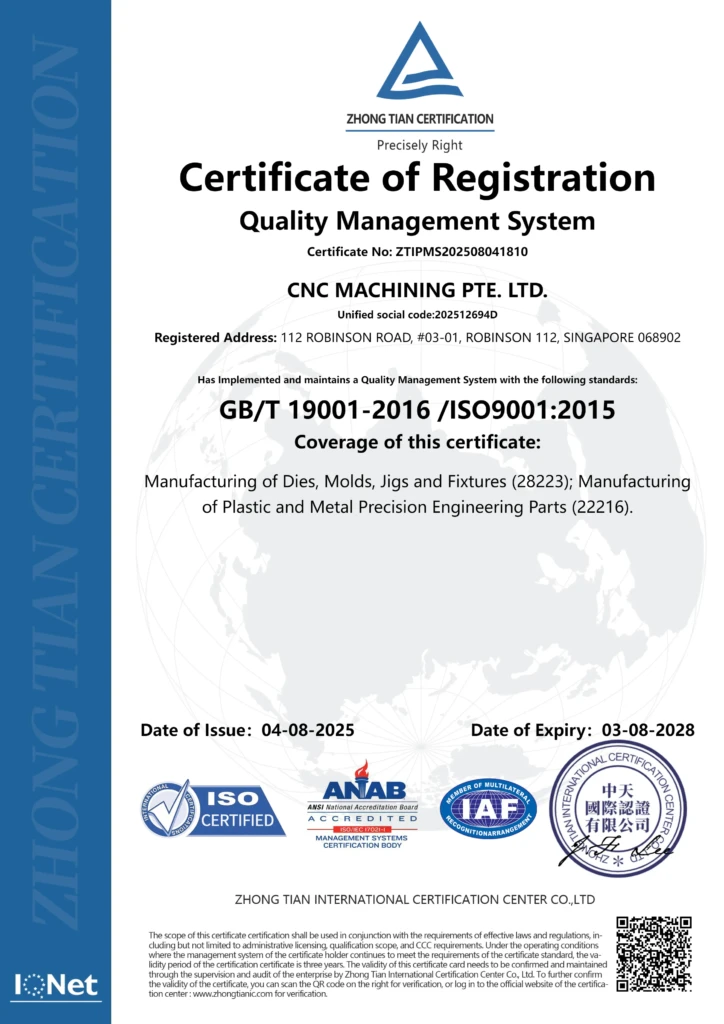A Comprehensive Guide to CNC Aluminum Machining
Aluminum. Lightweight, strong, corrosion-resistant, and incredibly versatile. It’s no wonder it’s a cornerstone material for industries ranging from aerospace and automotive to medical and consumer electronics. But turning raw aluminum stock into complex, precision components requires more than just brute force and a skilled machinist. It demands the precision and repeatability of Computer Numerical Control (CNC) machining.
This guide will delve deep into CNC aluminum machining, covering everything from material selection and machining processes to design considerations, surface finishes, and quality control. We’ll aim to provide a resource applicable whether you’re a design engineer, a project manager, or simply someone curious about how these parts are made.
Why Choose Aluminum & CNC Machining?
Before we dive into the ‘how’ of CNC aluminum machining, let’s solidify the ‘why.’ Aluminum’s appeal stems from a unique combination of properties:
- High Strength-to-Weight Ratio: Crucial in applications where minimizing weight is paramount (e.g., aircraft components, sporting goods).
- Corrosion Resistance: Aluminum naturally forms a protective oxide layer, making it resistant to corrosion in many environments. Anodizing further enhances this protection.
- Machinability: Aluminum machines well, meaning it’s relatively easy to cut, drill, and shape. However, it is an art – as we’ll explore.
- Thermal Conductivity: Excellent heat dissipation makes it ideal for housings for electronics and heat sinks.
- Recyclability: Aluminum can be recycled infinitely without losing its properties, making it an environmentally responsible choice.
- Cost-Effective: Compared to materials like titanium or high-grade steel, aluminum is typically more affordable.
CNC machining, specifically, offers distinct advantages for working with aluminum:
- Precision: CNC machines achieve tolerances down to ±0.001 inches (or even tighter!) – essential for intricate designs.
- Repeatability: Once programmed, a CNC machine can consistently produce identical parts, ensuring quality and uniformity.
- Complexity: CNC machining can create complex geometries that would be impossible or prohibitively expensive to achieve with traditional methods.
- Automation: CNC machining is highly automated, reducing labor costs and increasing production efficiency.
Aluminum Alloys for CNC Machining: A Quick Overview
Not all aluminum is created equal. The specific alloy selected significantly influences machinability, strength, and other properties. Here’s a breakdown of some commonly used alloys:
| Alloy | Common Applications | Machinability (1-10, 10=best) | Typical Strength | Notes |
|---|---|---|---|---|
| 6061-T6 | Structural components, aircraft parts, automotive | 6 | High | Excellent weldability, corrosion resistance. The workhorse of aluminum machining. |
| 7075-T6 | High-strength applications, aerospace | 5 | Very High | Known for its high tensile strength, but more challenging to machine than 6061. |
| 5052 | Marine applications, fuel tanks | 7 | Medium | Excellent corrosion resistance, particularly in saltwater environments. |
| 6063-T5 | Extrusions, architectural applications | 8 | Medium | Good surface finish, often used for aesthetic parts. |
| 3003 | Sheet metal work, kitchenware | 9 | Low | Highly formable and weldable. |
The CNC Aluminum Machining Process: Key Operations
CNC aluminum machining employs a variety of cutting tools and techniques to shape the material. Here’s a look at the core processes:
- Milling: A rotating cutting tool removes material as it moves across the workpiece. Milling is used for creating pockets, slots, contours, and flat surfaces. Common types include face milling, end milling, and pocket milling.
- Turning: The workpiece rotates while a stationary cutting tool removes material. Turning is used to create cylindrical shapes, threads, and tapers.
- Drilling: Creates holes with varying diameters and depths. Modern CNC machines can perform high-speed drilling with precision and efficiency.
- Tapping: Creates internal threads within a hole. CNC tapping ensures consistent thread quality and accuracy.
- Reaming: Improves the accuracy and surface finish of a drilled hole.
- Boring: Enlarges an existing hole with precision.
- EDM (Electrical Discharge Machining): Uses electrical sparks to erode material. Ideal for creating complex internal shapes or features in hardened materials. While not exclusive to aluminum, it’s sometimes employed for specific challenges.
Design for Manufacturability (DFM) for CNC Aluminum Parts
Designing parts specifically for CNC machining avoids costly revisions and ensures optimal production efficiency. Consider these points:
- Minimize Sharp Internal Corners: Sharp corners create stress concentrations and can be difficult to machine. Introduce fillets (rounded corners) whenever possible.
- Wall Thickness: Maintain consistent wall thickness to improve machinability and reduce the risk of warping.
- Hole Placement: Strategically position holes to minimize tool access issues.
- Avoid Deep, Narrow Pockets: These are difficult to evacuate chips from, potentially leading to tool breakage.
- Tolerance Analysis: Specify realistic tolerances. Tighter tolerances increase machining time and cost.
- Consider the Material Grain: In some applications, the direction of the aluminum’s grain can affect strength and performance. Discuss this with your manufacturer.
- Use Standard Tool Diameters: Designing features that align with common tool sizes can drastically reduce machining time and cost.
Coolant & Lubrication: A Critical Component
Aluminum machining generates significant heat. Insufficient cooling can lead to:
- Tool Wear: Higher temperatures accelerate tool wear, reducing cutting efficiency and part quality.
- Thermal Distortion: Heat can cause the workpiece to expand, affecting dimensional accuracy.
- Chip Welding: Molten aluminum can weld itself to the cutting tool, causing damage.
Common coolant/lubricant options include:
- Water-Soluble Coolants: Offer excellent cooling but can promote corrosion if not properly maintained.
- Cutting Oils: Provide superior lubrication but can be messier and require additional cleanup.
- Minimum Quantity Lubrication (MQL): A mist-based lubrication system that minimizes coolant usage and environmental impact.
The choice of coolant depends on the aluminum alloy, cutting tool material, and machining operation.
Surface Finishes & Post-Processing
CNC machining provides a good starting point, but often post-processing is required to achieve the desired aesthetic or functional finish. Common options include:
- Anodizing: Enhances corrosion resistance, wear resistance, and provides a range of color options.
- Powder Coating: Durable and aesthetically pleasing finish.
- Polishing: Creates a smooth, reflective surface.
- Sandblasting: Provides a textured finish.
- Deburring: Removes sharp edges and burrs for safety and improved functionality.
- Plating: Adds a protective or decorative layer (e.g., nickel plating).
Quality Control & Inspection
Ensuring the accuracy and quality of CNC aluminum parts is paramount. Typical inspection methods include:
- Dimensional Inspection: Using calipers, micrometers, and coordinate measuring machines (CMMs) to verify dimensions.
- Visual Inspection: Checking for surface defects, burrs, and other imperfections.
- Non-Destructive Testing (NDT): Techniques like dye penetrant inspection or ultrasonic testing to detect internal flaws.
- Material Verification: Confirming the material’s composition and properties.
Conclusion: Partnering for Precision
CNC aluminum machining is a powerful manufacturing process capable of delivering high-precision, complex parts with excellent performance characteristics. However, successful execution requires careful consideration of material selection, design for manufacturability, machining parameters, and quality control.
Choosing the right CNC machining partner is crucial. A reputable manufacturer like CNC MACHINING PTE. LTD in Singapore, with their advanced five-axis capabilities, can provide not just the machining itself, but also valuable engineering expertise, post-processing services, and a commitment to quality. They not only bring the technology, but the experience to optimize your design for affordable, repeatable production. Don’t hesitate to leverage their expertise to transform your ideas into reality.
Ready to discuss your custom precision aluminum machining needs? Contact CNC MACHINING PTE. LTD today for a quote and let us simplify your manufacturing process. Customize your precision parts now at the best price!




